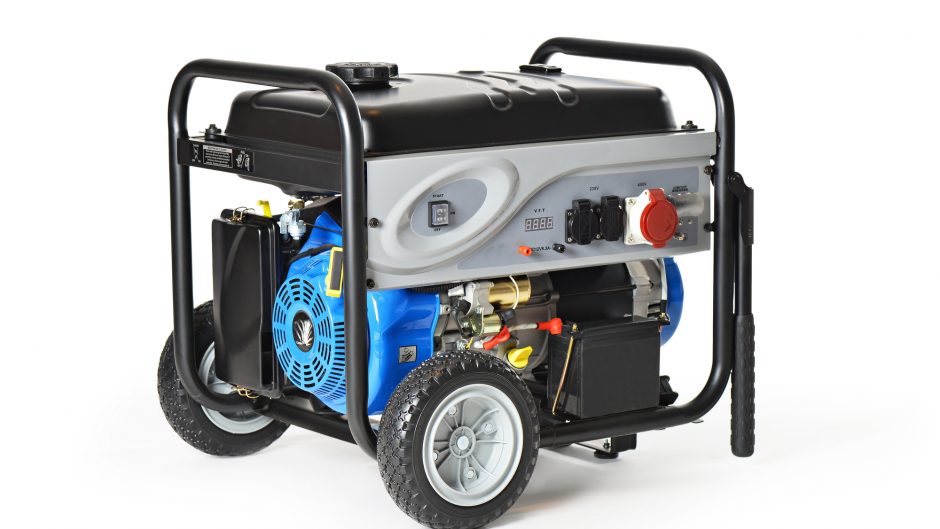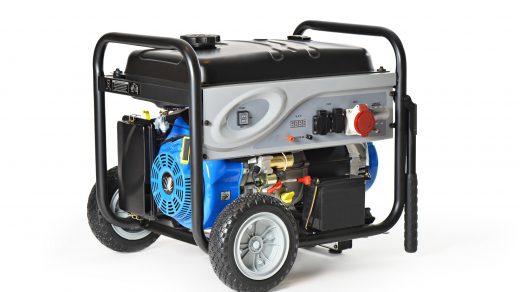What is the Difference between Inverter and Regular Generators?
A conventional generator is in many ways different from an inverter generator, because these two types of generators are based on two different technologies. If you are going to buy a generator for the first time, it is important for you to understand the differences. In this post, we are going to discuss the main differences between these two common types of generators. Before we dive in, online resources such as Best Generator are a great way to compare models you are thinking about buying, and for getting more in-depth information about specific brands and generator types. I recommend researching using these resources so that you can make the most informed decision possible when purchasing a generator for the first time.
If you don’t feel like reading, here is a quick explainer video by generator manufacturer Champion:
Size and weight
Regular generators are generally heavier than inverter generators. Inverter generators are more portable. Since a conventional generator is heavy and bulky, you will not find it very easy to transport it in your car.
A big metal frame is needed to relocate a conventional generator. If portability is important for you, consider buying an inverter generator.
Fuel efficiency
The size of the generator’s fuel tank determines how long the generator will run. A conventional generator usually has a larger fuel tank. As a result, a conventional generator has a longer run time. On the other hand, an inverter generator is lightweight and compact. It has a smaller fuel tank and shorter run time.
There is a different technology working behind an inverter generator, and the technology to adjust the engine speed. This technology makes inverter generators more energy efficient. And because of the high efficiency, exhaust emissions are lower.
Power output
A conventional generator can generator can generate a lot of power, which can range from 500-50000 watts. Some conventional generator can produce even more power. If your project requires a lot of power, a conventional generator is a better option for you.
On the other hand, an inverter generator is not as powerful as a conventional generator. The power inverter generators produce range from 1000 to 4000 watts. That means you can not rely on an inverter generator if your project requires a lot of power.
Noise
Inverter generators do not make a lot of noise, thanks to sound-dampening technology and in-built special mufflers. The same technology that regulates power also significantly reduces noise. These generators will not hurt your ears.
A conventional generator, on the other hand, makes a lot of noise. Sometimes you may find the noise unbearable. However, now there are some conventional generators that use sound-dampening technology.
Quality of power
An inverter generator produces AC electricity, because it uses an efficient alternator. The function of the rectifier is to convert AC power into DC power. The capacitor is another important device that makes the conversion process smooth. No matter what the engine speed is, an inverter generator can produce clean and reliable AC power.
When it comes to conventional generators, there is no processing, and the load is directly connected to the alternator’s output. In other words, conventional generators produce relatively low-quality power.
Microprocessors are now everywhere, and many electronic products are now using them these days. Examples of these electronic products include kitchen appliances, DVD players, printers, computers and phones. The quality of power easily affects these microprocessors. An inverter generator is a better option for these electronic products.
When you need to buy a generator, you must understand the difference between an inverter generator and a regular one. We hope you have found this post helpful, and next time you will make an informed decision.



